The US government keeps a massive archive of ancient ice inside the National Ice Core Laboratory (NICL) in Denver, Colorado. This ice could hold important information about Earth and its climate throughout its history.
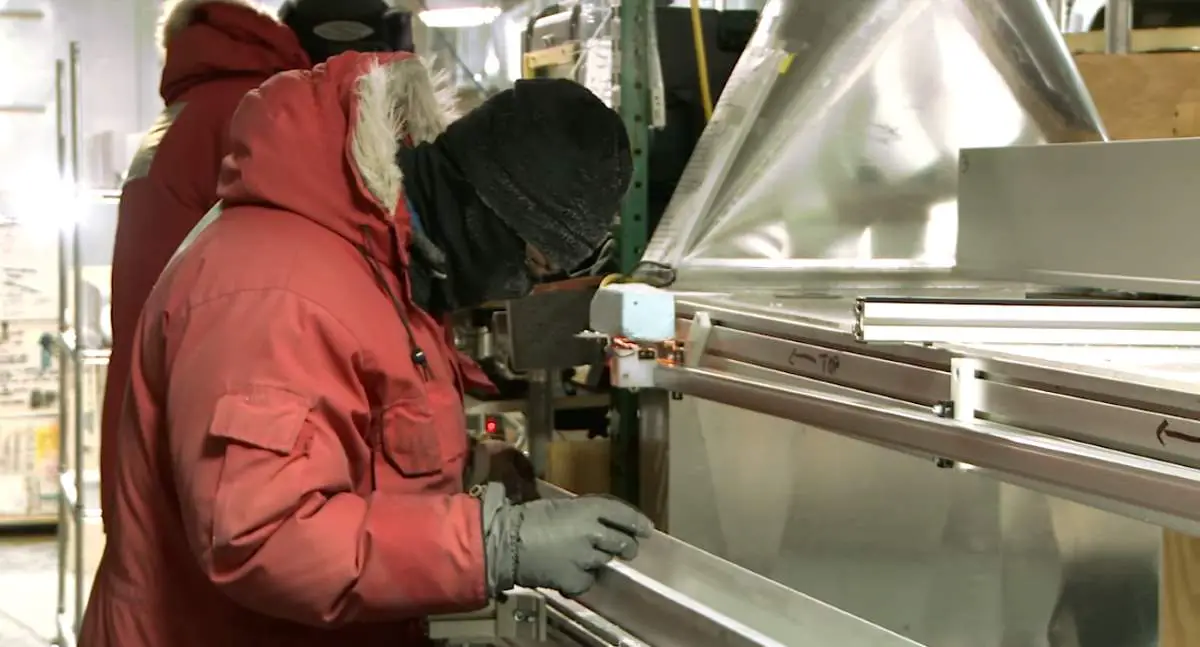

The US government keeps a massive archive of ancient ice inside the National Ice Core Laboratory (NICL) in Denver, Colorado. This ice could hold important information about Earth and its climate throughout its history.
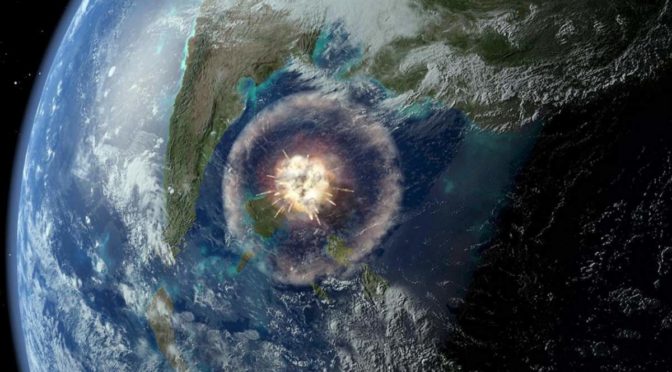
According to the scientists who drilled into the Chicxulub crater buried underneath the Yucatán Peninsula and the Gulf of Mexico, the dinosaur-killer asteroid hit the “worst possible place” (for the dinosaurs, of course). They summarized their findings so far in a BBC Two documentary titled “The Day The Dinosaurs Died”. The documentary was presented by professors Alice Roberts and Ben Garrod.
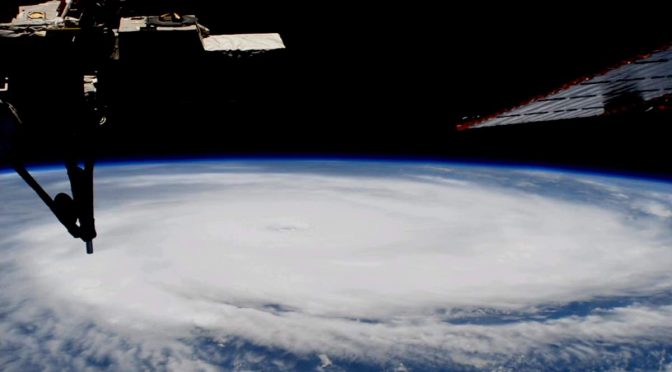
External cameras on the International Space Station captured views during its overhead passes of Hurricane Irma. The most intense Atlantic hurricane observed in over a decade, Hurricane Irma was an extremely powerful tropical cyclone, which became a Category 5 hurricane on September 5. It reached peak intensity with 185 mph (295 km/h) winds on September 6.
Its category dropped to 3 as it passed along Cuba, but, while crossing over warm waters between Cuba and the Florida Keys, it became stronger again and rose to Category 4 on September 10. Then dropped back to Category 3 by the time it made a second Florida landfall on Marco Island. Hurricane Irma weakened to a Category 2 hurricane later that day. As of September 12, it is not a hurricane anymore, weakened to a tropical storm, and then a tropical depression six days after its peak intensity (see notes 1).
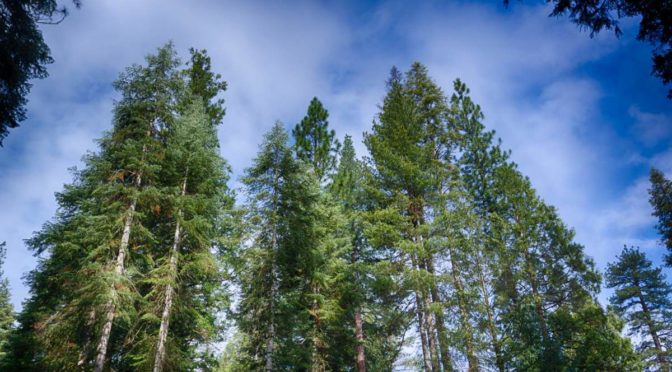
Our civilization
Limiting global warming to below 2°C above compared to preindustrial times requires not only massive near-term greenhouse gas emissions reductions but also the application of “negative emission” techniques that extract already emitted carbon dioxide from the atmosphere called
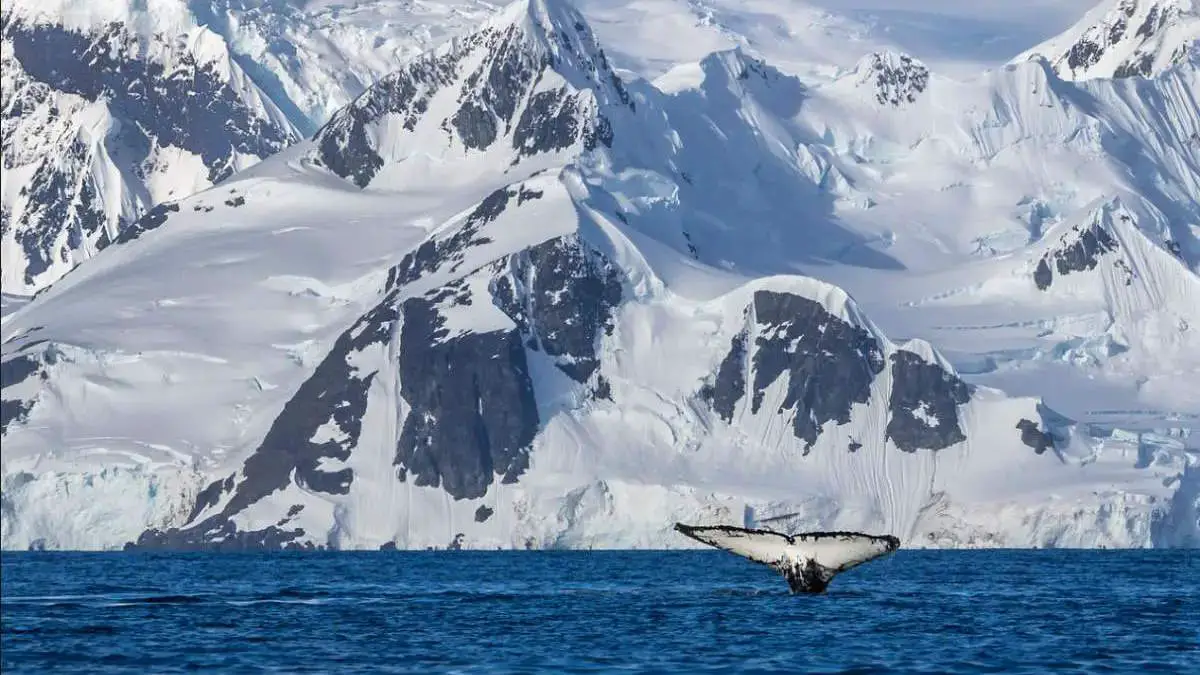
Antarctica, the southernmost continent, is a vast and virtually uninhabited land of extremes, entirely covered by ice and surrounded by some of the planet’s most treacherous waters. Despite its icy conditions, this frozen wilderness holds the title of the largest desert on Earth due to its minimal precipitation. Its unique environment, harsh climate, and isolated position have fascinated explorers and scientists alike for centuries. From its staggering ice sheets to its remarkable wildlife, Antarctica is a place full of mystery and wonder. Here are some fascinating facts about this extraordinary continent that will give you a deeper insight into the coldest place on the planet.

Oymyakon, a village in Oymyakonsky Ulus of the Sakha Republic (Yakutia), the Russian Federation, is considered as the coldest inhabited place on Earth. On February 6, 1933, a temperature of -67.7 °C (-90 °F) was recorded at Oymyakon’s weather station. The village is considered as one of the Pole of Colds (see notes 1) of the northern hemisphere.
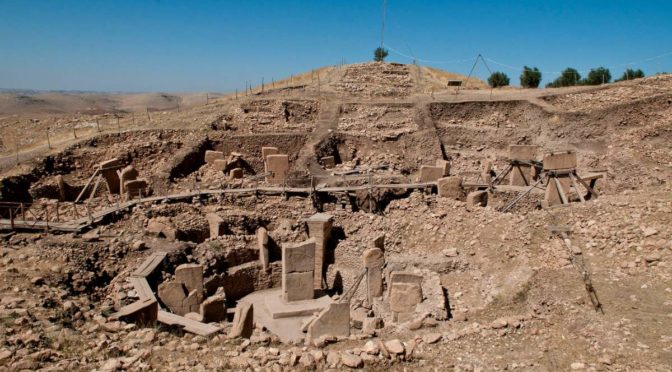
Ancient symbols carved into stone at Göbekli Tepe (an archaeological site in Turkey) tell the story of a big comet impact more than 13,000 years ago, scientists think. The devastating impact triggered a mini ice age that drove many mammals weighing more than 40 kg to extinction.
According to an article published by New Scientist, carvings made on a pillar known as the “Vulture Stone” in Göbekli Tepe suggest that a swarm of comet fragments hit the Earth in around 11000 BC.

The catastrophic event that ended the reign of the dinosaurs 66 million years ago has been a subject of fascination and research for decades. A groundbreaking study by the Potsdam Institute for Climate Impact Research, detailed in their 2017 article “Baby, it’s cold outside: Climate model simulations of the effects of the asteroid impact at the end of the Cretaceous,” offers a compelling computer simulation of the aftermath of the Chicxulub asteroid impact.
This simulation reveals how prolonged darkness and severe cold, triggered by sulfuric acid droplets blocking sunlight, led to a dramatic global temperature drop and significant ecological shifts, ultimately contributing to the mass extinction of the non-avian dinosaurs and other species. This research not only illustrates the direct consequences of the asteroid impact but also provides insights into the complex climatic and environmental changes that followed, marking a pivotal moment in Earth’s history.
Scientists created a computer simulation of how the afterward effects of the famous Chicxulub asteroid (estimated to be 10 km/6.2 miles wide) killed the non-avian dinosaurs (and also a wide range of other species). According to a new study, after the devastating impact, the darkness and cold killed the dinosaurs 66 million years ago.
On January 13, 2017, an article titled “Baby, it’s cold outside: Climate model simulations of the effects of the asteroid impact at the end of the Cretaceous”, published by the Climate Scientists of Potsdam Institute for Climate Impact Research (PIK), revealed a detailed model of what happened to the atmosphere and the climate after the Chicxulub impact.

The first set of images from the GOES-16 satellite (see notes 1) have been released by the National Oceanic and Atmospheric Administration (N0AA). In the video below, published by Space.com, you can see the amazing images of the Earth and the Moon.

The Earth is getting more crowded every single day. As of 2023, the world population was estimated at 8 billion. Our planet is already overpopulated, and despite the growth of the population slowing down, the situation will be worse: the United Nations estimates it will further increase to 11.2 billion in the year 2100.
Here is a video published by the American Museum of Natural History showing the World’s population through time.